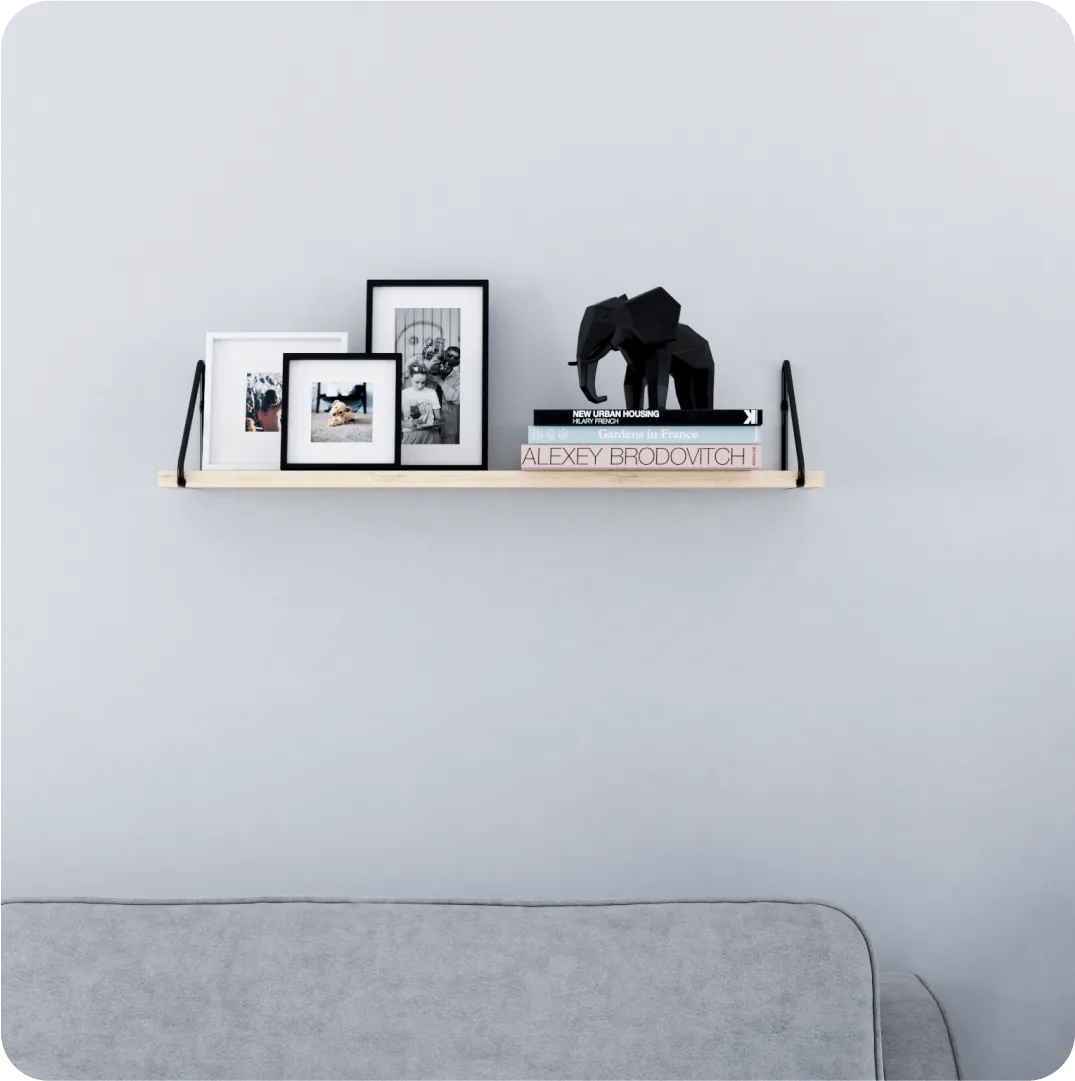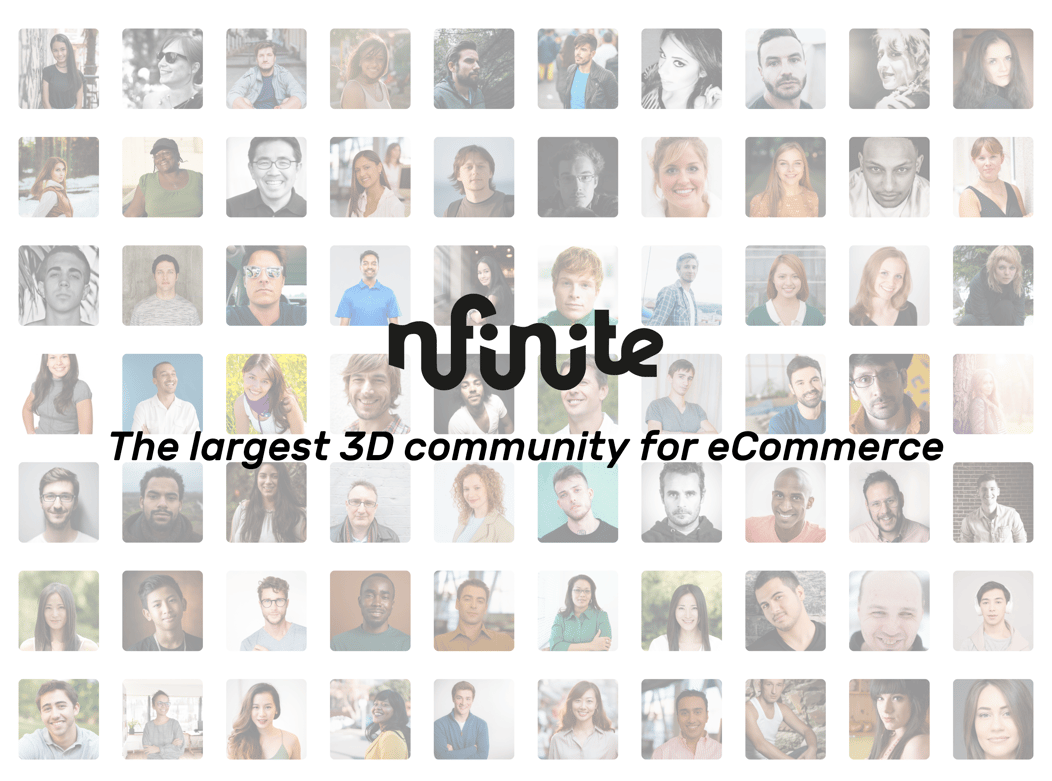Careers on the cutting edge: Outlining paths for 3D modeling and 3D artistry

So, you’re looking for a new role that allows you to be creative and innovative. But you also want to find a position with staying power and security that can lead to a long and steady career. Forging a path into 3D modeling (creating models and textures) or artistry (bringing ideas to life) might be for you.
Innovation with 3D modeling and advancements in technology such as Augmented Reality and Virtual Reality have allowed 3D artists to disrupt several industries, including retail (think product imagery), real estate (think virtual floorplan tours), gaming (think animation), and more. Coresight Research predicts that the value of the 3D visualization and rendering software market will expand from $2.9 billion to $6.3 billion by 2026.
As more industries adopt 3D modeling and CGI as standard practices, demand for professional 3D modelers and artists will continue to rise. It’s estimated that multimedia artist and animator positions are projected to grow 5% from 2021 to 2031. This, paired with average salary increases of 19% for 3D artists over the last five years, presents opportunities for growth and expansion into exciting and impactful work.
With that in mind, you’ve decided that 3D is a path you want to pursue. Let’s dive deeper into the journey to breaking into 3D artistry and 3D modeling yourself.
Common job requirements
You’ve researched your favorite companies utilizing 3D in their operations; some are even hiring! It’s time to decode the listings and determine the skills and training you’ll need to land a role you’re interested in.
In the United States, nearly 4,000 active openings are live for 3D modelers and artists across various industries, with new positions emerging daily. A typical job listing requires experience in 3D modeling, texturing, lighting, rendering, optimization, implementation, and art asset direction.
It becomes clear you’ll need to familiarize yourself with some common graphic design programs — Maya, Zbrush, Blender, and 3ds Max. The specific software you’ll use will depend on the type of assets you create on the job, so there’s no need to become an expert in all of them.
Preparing for success: What you need to get there
Education
Your first step to success is learning. Enjoy more of a self-taught approach? Today, it’s common to find self-taught 3D artists and professionals working on 3D projects. Online course options such as Coursera, Skillshare, and Udemy offer affordable and accessible options to learn the craft, develop the skills, and decide if pursuing 3D is right for you.
More of a traditionalist? You can find a litany of options, too. Several institutions have developed degree or certificate paths specific to 3D artistry, allowing you to develop the necessary skills in an environment with more personalized guidance and structure. Academy of Art University and Full Sail University are the most attended universities within the 3D community, offering well-known programs in Visual Effects and 3D art. In fact, these two institutions are responsible for educating 30% of all artists working in 3D today.
Portfolio
Now, it’s time to create your portfolio. Constructing a compelling portfolio for future employers or clients allows you to put your best foot forward, and it’s an opportunity to be creative and showcase your personality as an artist.
If you have experience in graphic design or illustration, you can include projects from previous roles and utilize completed assignments from your courses to highlight your abilities with 3D modeling.
Don’t have previous design experience? Alongside your completed assignments, you can include passion projects in place of projects created from a past job. Perhaps you have a brand you love and are inspired to create a new experience for one of its products. Using this method is great for sharpening your skills and beefing up your portfolio. You can also find entry-level freelance opportunities through your network or sites like Upwork that allow you to gain more experience in areas you’re interested in.
Remember to include a detailed breakdown of how you created the provided models and scenes when assembling your portfolio. Including this information from the start allows reviewers to follow your process and gain insight into your technique, setting you apart from other candidates.
Networking
You’re ready to network! Maybe you reach out to former classmates, search for groups online and locally, and conduct some informational interviews following cold outreach on LinkedIn. Through all of this, you’ve landed your first internship.
But don’t stop there. Staying up to date with the community and maintaining connections with other 3D modelers and artists opens the door for future project opportunities and provides a forum to ask questions and get advice as you continue your journey.
Take your new career to the next level
Looking for a place to start your career? Nfinite houses the world’s largest community of 3D modelers. Whether you are just starting out and looking to hone your skills or you are an experienced modeler, we make flexibility and career development top priorities. Nfinite University is a resource available to modelers working with Nfinite to help them develop their skills and grow as artists. One community member, Eduardo, wrote: “What I like the most about working with Nfinite is the growth I’ve had since the beginning. I can clearly see the difference between the person who just became part of this community and the person I am now in terms of skills and knowledge in the field.”
Insights in your inbox
Interested in joining a growing 3D modeler community?
Careers on the cutting edge: Outlining paths for 3D modeling and 3D artistry
%20(418%20%C3%97%20251%20px)%20(3).png)
Q2 2023
Dynamic Display
With Dynamic Display, shoppers easily mix and match multiple products in real-time — and shop directly from the experience. Retailers can seamlessly embed this on their websites and apps, showcasing these shoppable showrooms wherever they do business online.
Search and tag visuals
Users can now search visuals on the platform! Instead of scrolling through visuals or looking up product or template details, users can easily find visuals using keywords and filters. Filters include visual type, products, organizations, creators, status, and creation date. And now, with the ability to tag visuals, users can also search by tag.
Advanced template search takes this a step further. When users begin creating a visual by selecting a product, in addition to seeing all compatible templates, they can now search for specific templates using a variety of filters, including categories, ratios, tags, and more.
%20(2).png)
Enhanced scene creation
Our redesigned scene editor offers a more immersive editing canvas while providing a simpler, easy-to-learn, and more intuitive UI. Users can swap products, repaint walls — and ultimately create scenes — faster than ever.
Vastly improved swap diversity
We've rebuilt how product swaps work to allow users to browse and swap any product with the accurate geometry. Gone are the limitations of a single or select group of product categories, enabling users to leverage their creativity by quickly transforming a bedroom into a home office or a garage into a home gym.
Preview Visuals Within Email Notifications
Each email notifying you about a new packshot, 360, or lifestyle will include a beautiful preview image helping you maintain context and make more informed decisions.
.png)
Control Your 360° spins
Customize your 360° spins by editing the duration, manipulating the zoom, or changing the camera angle to your exact specifications.
Want to get a full tour of the product? Request a demo today!
Insights in your inbox
Stay up to date









.jpg)